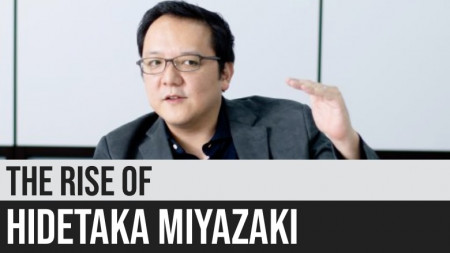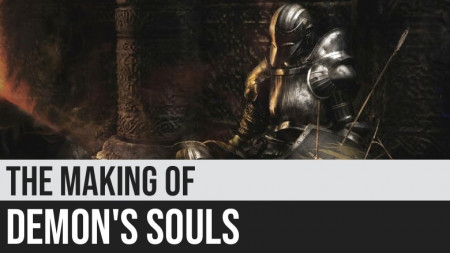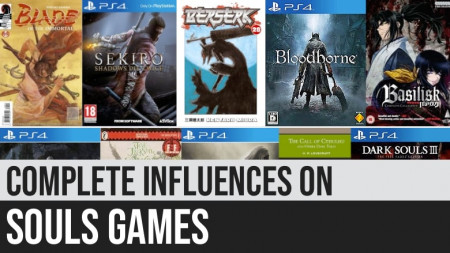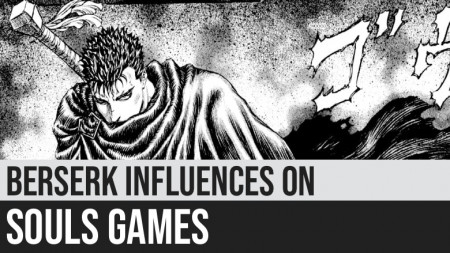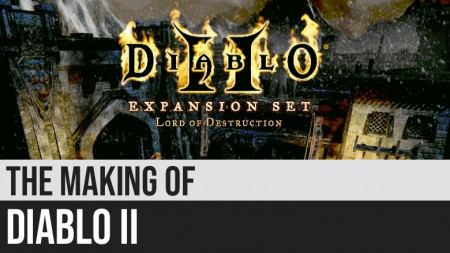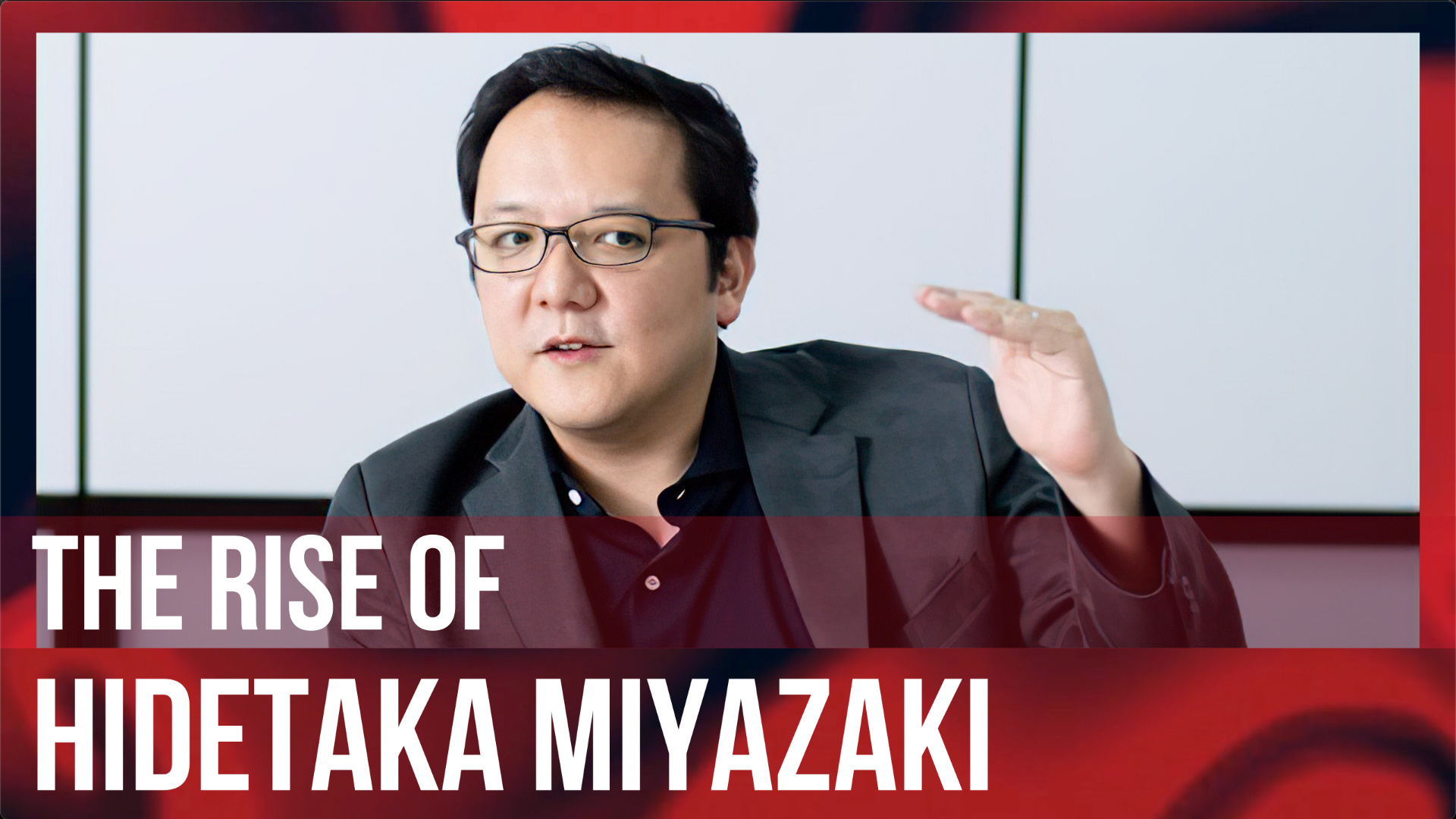
Game Design: Challenge-Driven Game Flow
3 Challenge-Driven Game Flow
Game Flow answers the question: “How do you make the player move from the start of the game to the end of the game?”
Creators use various approaches for this. With the advent of advanced technologies and platforms, most games have become cinematic, with the hero progressing on a rail through a scripted story. You can package an adventure and ensure that all players experience the same thing.
The Mechdamon games will not use a story-driven game flow. Instead, the games will use a Challenge-Driven Game Flow as described below:
- At the start of the game, give the hero a single, clear mission (12.1 One Mission) that can only be fully completed at the end of the game.
- Immediately after giving the mission, make the hero face the first Challenge that will block him from progressing (3.3 Mandatory Wallers). Ensure that the hero experiences Defeat (4.4.1 First Death ASAP), faces Despair (4.3 Despair First) and fails (4.4 Death as Learning), and later on Triumphs (6.3 Triumph through Understanding) and overcomes the Challenge (2.3 Challenge and Achievement).
- Having received the One Mission, the hero will go on a personal journey (15.3.3.2 Personal Game Story) to explore the world of the game (15.3.3 Adventure of the Unknown). While moving through this world (12.3 Exploration and Discovery), he will find 12.4 Memorable Landscapes, discover 12.5 Hidden Beauty, and experience 8.2.2 Magical Moments without being controlled (13 Unencumbered Experience) or receiving any direct command (15.3.2.2 No Scripted Experience and 15.3.2.1 No Story Pathing) or request (12.2.1 No Quest Givers) from anyone and without using any maps (12.4.1 No Maps) or fast travel (3.6.3 No Teleportation) throughout the game. It is all self-directed, as the Mechdamon flow relies on player curiosity instead of scripts (12 Discovery Over Instruction)
- After the first Waller, the hero will face more Challenges in the journey until he reaches the end of the game.
- Mechdamon’s Challenge-Driven Game Flow uses 11 Mythological Design across the journey.
3.1 Innate Challenge
Challenge is the essence of the Mechdamon games.
The music, the visuals, the combat, and the Game Loops of Collection and Progression are all there to support it and give the players the most engaging experience.
3.1.1 The Challenge is the Game
When getting stuck on an enemy or unable to defeat a Waller after several tries, the proper mindset is not to think, “let me pass so I can continue playing the game.”
When getting Challenged by a Waller, you are exactly at the heart of the game, and there is nowhere else you would want to be (3.6 The Game is Here and Now).
Do not avoid the Challenge as it is the game.
3.1.2 Design Emanates Challenge
The Challenge in the Mechdamon games emerges from game design with the intent of engagement rather than game prolongation or player punishment.
Principle 6 (Reasonable Difficulty) will give more details on how the Challenge in the game comes from mechanics and design rather than motor skills or tedium.
3.2 Lock Before Key
As the game follows a Challenge Driven Game Flow, the player should always face the Lock first before finding the Key.
Properly design the game such that problems are always met first before solutions.
This principle is also the reason why the hero will often 3.4 Fail First when facing bosses and strong enemies. He has found the Lock but not the Key.
3.3 Mandatory Wallers
A Waller is a mechanic in a game that intentionally blocks the player from progressing until he finds the solution to overcome it.
As Mechdamon is 1.8.1.1 Combat-Centric, all the Wallers in the game are enemies that have to be defeated through combat.
Wallers are crucial in the Mechdamon games as they are the impetus for the player to grow and become stronger. They are what drive the flow of the game. Hence, they are mandatory and must be placed strategically throughout the game.
3.3.1 Walled by Default
In the Mechdamon games, the natural state of a player is being Walled. He should be either fighting a Waller or doing activities to become stronger in fighting a Waller.
There is never a boring moment or feeling lost in the game because, at any time, there is always that Waller that you have faced that Challenges you and would not let you pass until you overcome him.
This is why 3.1.1 The Challenge is the Game.
Since the player is always Walled by Default, the Pull to Continue and Pull to Return for the player is always about facing a Waller.
3.4 Fail First Combat
It is a design intent of the Mechdamon games that the hero always fails the first time he fights a Waller or any enemy he is unfamiliar with.
The measure of success in enemy design in Mechdamon is if the enemy wins in its first fight with the hero.
The hero must lose in his first battle with a boss or mini-boss.
The guidelines under 4 (Fairness through Familiarity) will give more details on how to always thwart and defeat the hero in his first attempt in battle.
3.5 Challenge Gating
The Mechdamon games will regularly check if the player fully understands the mechanics that have been introduced to him. He will also be regularly checked to be proficient in executing these mechanics, even before reaching a Waller.
This checking will not be done through tutorials but through Challenge Gating, either through one or more enemies that will force him to learn and execute the mechanics that are expected of him.
It is a worse experience for a player to be Gate Checked by a Waller than a normal enemy because he would be fighting a strong enemy while learning something new.
3.5.1 Tutorial as Gameplay
As a special instance of Challenge Gating, the Tutorial of the game occurs only once, at the state when the player is just beginning to grasp the game’s mechanics.
As a general guideline, here is the recommended flow:
- Introduce a weak enemy that will test if the player knows how to use the mechanic.
- Design the enemy such that even though it is weak, it can only be killed by the mechanic expected from the player.
- After the first enemy, introduce more enemies, now with stronger versions. It will be good if the hero dies here.
- Put a Waller that will Challenge the hero with an emphasis on that mechanic. It is mandatory that the hero dies in the first battle.
3.6 The Game is Here and Now
The Mechdamon games are designed such that the most important location of the game is wherever the hero currently is.
The heart of the game is his present location. He will not be looking to the past “to backtrack and open locked doors” or to the future to “experience the most exciting battles.”
The Mechdamon games do not have a map (12.4.1 No Maps) nor any mechanics for fast travel (3.6.3 No Teleportation).
The game is designed such that the hero does not have to go anywhere for anyone. He will go to various locations for his own cause.
There are no economies in the game, blacksmiths, merchants, or quest givers.
3.6.1 Immediate Engagement
A few steps into the game, the hero will face Death.
The games are designed to challenge the player as soon and regularly as possible.
From Mechdamon’s perspective, getting lost aimlessly in a forest is worse than getting mauled by a monster right after entering the woods.
The player should never feel that “nothing is happening.”
3.6.2 Sense of Danger
The default feeling of a player should be a sense of foreboding. Something dangerous will appear soon somewhere.
3.6.3 No Teleportation
There is no fast travel in the game. Where you are is where the action happens.
The Mechdamon games are designed such that there are no burning reasons why you should be anywhere aside from where you are.
You will move on because it is your will and not for anyone.
3.7 Monster Intent
All enemies in the game should reflect, through sounds and visuals, their intent to destroy the hero.
The design of all enemies should manifest this intent.
3.8 Challenge Density
Challenge Density answers the question, “How much challenge does the player experience for the total explorable space in the game?”
For the Mechdamon games, it is not the size of the world that matters; it is how many challenges are placed in the world and how often they are faced.
Hence, the Mechdamon games are always compact but brimming with challenges. The world is small but extremely memorable, for every space covered will be won through blade and tears.
As shared in 3.6.1 Immediate Engagement, a few steps in the game and the hero will face Death.
3.8.1 Unescapable Enemies
Once an enemy sees the hero, he will chase him endlessly with the intent of destroying him.
The game is designed to guarantee that the enemy will catch the hero if he ever decides to run from the fight.
The game is also designed so that skipping enemies will always lead to a guaranteed Death.
3.8.2 No Optional Enemies
The game has no optional enemies, from the weakest minions to the strongest bosses. By the time the game is complete, all the enemies in the game should have been defeated, no matter how the player plays.
3.8.3 No Suicide Runs
Suicide runs are a common mechanic in other games where the hero goes on a guaranteed death to get something. When he gets revived, he still possesses the item.
This mechanic is impossible to happen in the Mechdamon games, as the hero will always get revived in a previously saved state (2.4.2.1 Regain Saved State).
3.9 Dynamic Challenge
The Mechdamon games are designed to provide a Challenge that adapts to the player.
3.9.1 Player State Awareness
To be able to provide a Dynamic Challenge, the game should be aware of the player’s state – what items, armor, weapons, and skills he has.
As the Challenge in the game is always skewed in favor of the enemies, the game will use this knowledge to effectively thwart the hero.
3.10 Anticipation of Challenge
After a few gaming sessions, the player should naturally feel the anticipation of the Challenge of the game. He knows it is the kind of game that takes active engagement to progress.
